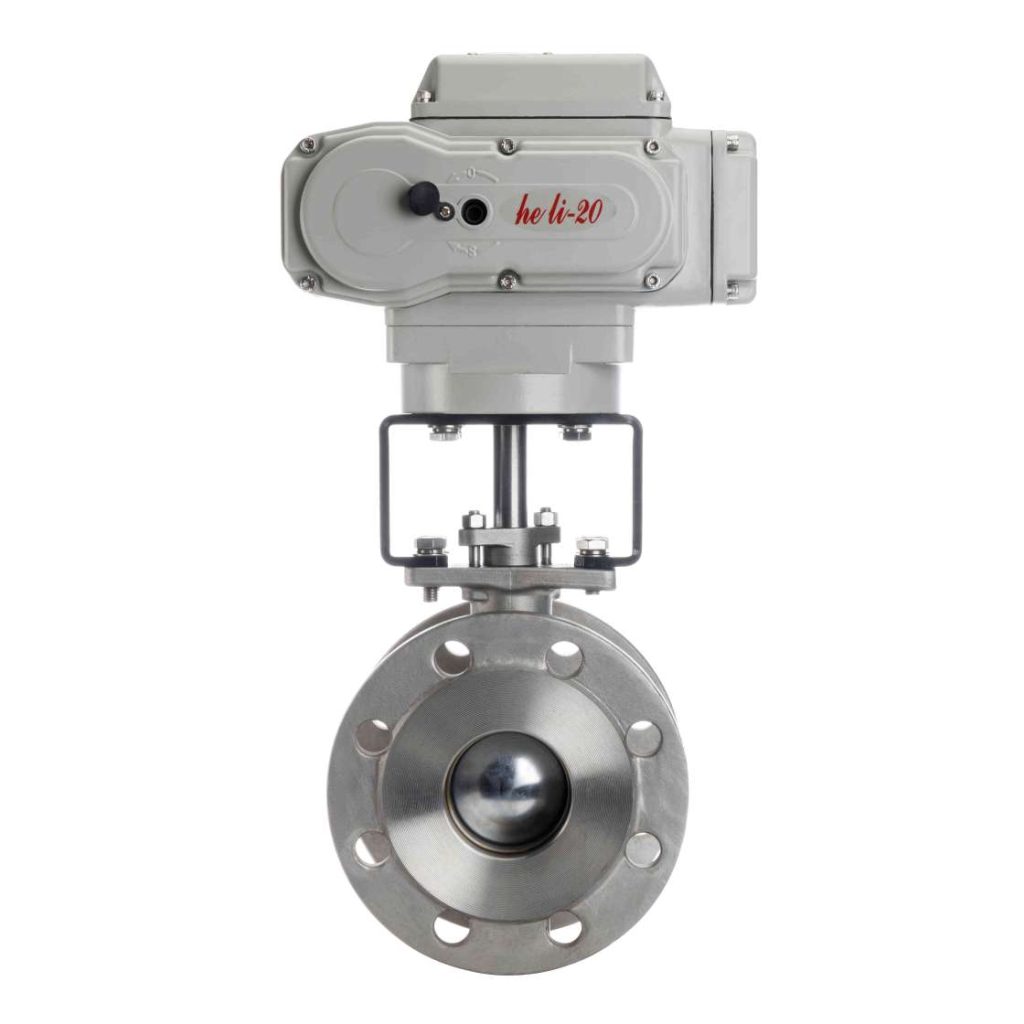In industrial automation and fluid control systems, the Electric V-Ball Valve has emerged as a crucial component due to its efficiency, versatility, and reliability. This innovative valve type is designed to control the flow of various fluids, making it indispensable in various applications, including water treatment, chemical processing, and HVAC systems. Understanding the function, design, benefits, and applications of Electric V-Ball Valves can provide valuable insights into why they are preferred over traditional valve types.

Design and Functionality

The Electric V-Ball Valve combines the features of a traditional ball valve with the precision of electric actuation. The valve consists of a spherical ball with a V-shaped slot that can rotate to control flow rates accurately. This design allows for throttling capabilities, providing a range of flow control options that are unattainable with standard ball valves. Electric actuation is typically achieved using a motorized actuator that receives signals from a control system. This actuator precisely controls the position of the V-ball, allowing for quick adjustments to flow rates based on real-time system demands. This integration of electrical control makes the V-ball valve ideal for automated systems, where consistent performance and rapid response times are essential.
